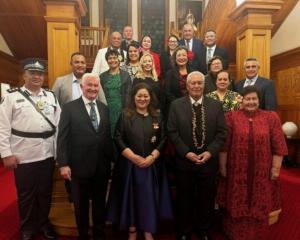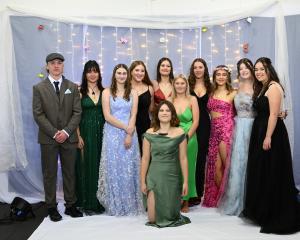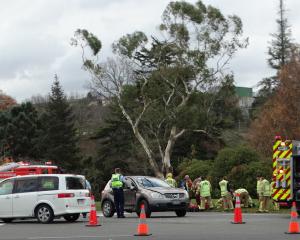Oamaru Blue Penguin Colony research scientist Philippa Agnew sent images of Oamaru’s Friendly Bay leopard seal visitor to Niwa research scientist Krista Hupman to help aid a nationwide project.
Dr Hupman has launched a hotline and a Facebook page to report sightings of leopard seals to help create a database of the predators.
Data on leopard seals in New Zealand was limited and Department of Conservation (Doc) staff were under no obligation to record sightings of the animal, Dr Hupman said, and a database would help with the management of the species.
Dr Hupman was inspired to start the project after her encounters with a leopard seal in the Auckland area, where she had worked as a Doc marine ranger.
Leopard seals were thought of as a vagrant species for the country that should be moved on when found, and in some cases it was even suggested the animal be shot, she said.
But when Dr Hupman was in Auckland she became aware of a leopard seal near Warkworth. That same seal was then found near the Waitemata Harbour before it moved on to Westhaven Marina and showed no signs of leaving.
She started collecting images of the seal and although Dr Hupman left Doc and took up a position at Niwa in April, her leopard seal project had kept going with the help of the Orca Research Trust, volunteers and Doc staff, especially biodiversity officer Jim Fyfe, who had tracked the seal to Whangarei.
"Jim has been vital to this project."
In a press release, she said the seal’s behaviour challenged commonly held beliefs that New Zealand was outside a "normal range" for the species.
A data collection project could determine what the behaviour of the animal actually was, she said.
Information sourced from the public so far included sightings of leopard seals back to the 1860s.
She said the project could also be used to help educate humans.
"These animals are coming up in very public areas. Some people come up and try and have selfies with them. This is becoming more and more common.
"These are animals: Antarctica predators. It’s becoming a human and wildlife conflict issue."
To report a leopard seal sighting call (04) 386-0527 or visit "Leopard seal sightings NZ" on Facebook.











